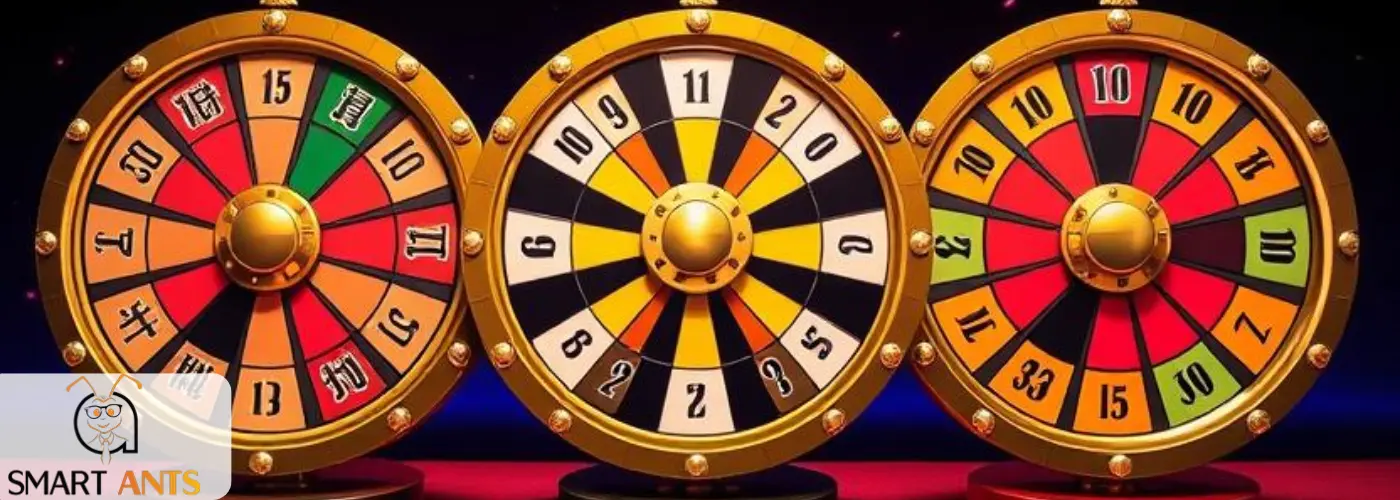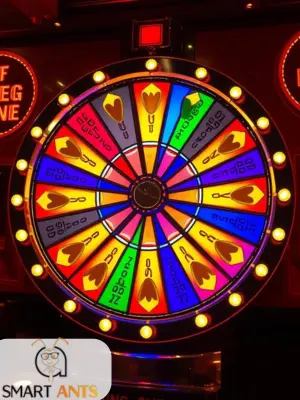Types of Gamification: A Comprehensive Guide to Choosing the Best Gamification Approach
Gamification, as discussed in previous topics (History of Gamification), means using game elements and thinking in non-game contexts. This powerful approach can significantly increase motivation, engagement, and participation. However, gamification is not a monolithic or one-dimensional concept. Designers and strategists use various approaches and models to implement it. Understanding the types of gamification helps you, with a deeper understanding, to choose and implement the best and most effective strategy tailored to your specific goals, audience, and context. In this article, we will explore the main categories and different dimensions of gamification.
Why Do We Categorize Types of Gamification?
You might ask why we should define different types of gamification. The answer is simple: different goals require different approaches. Categorizing gamification helps us to:
- More Targeted Design: By knowing the different types, we can design gamified solutions that are precisely aligned with project needs.
- Selection of Appropriate Mechanics: Each type of gamification works best with its own set of specific game mechanics and elements.
- Predicting Outcomes: Understanding the type of gamification allows us to better predict its potential effects on user behavior and motivation.
- More Effective Communication: Having a common language to describe different approaches makes teamwork and conveying concepts easier.
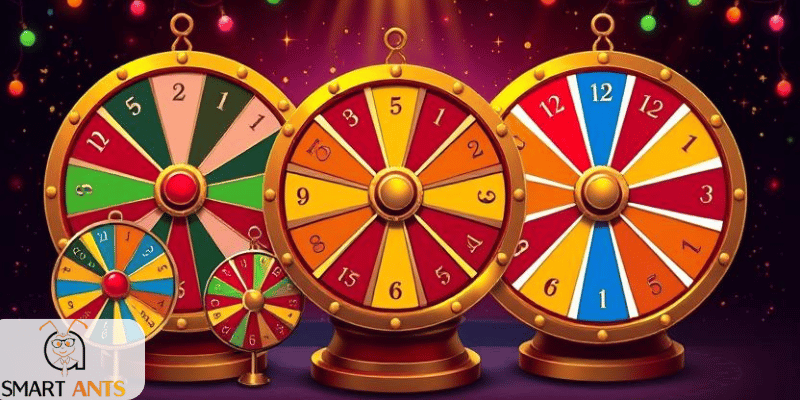
Main Categories of Gamification
Gamification can be categorized based on various criteria. Below, we address the most important of these categories:
1. Structural vs. Content Gamification
This is one of the most fundamental distinctions in gamification, referring to how game elements are applied to a system.
- Structural Gamification: In this type, the main content does not change, but a game-like structure is applied around it to encourage the user to go through the content and achieve goals. The main focus is on motivating progress along the existing path.
- Examples: Awarding points for watching educational videos, earning a badge after completing a course, being placed on a leaderboard based on activity in a forum. Here, the video or course content itself does not become game-like, but the reward and progression system makes it more engaging.
- When to use? When the existing content is valuable but there’s a need to increase motivation for its consumption or completion. Suitable for educational systems, task management, and loyalty programs.
- Content Gamification: In this approach, the content itself is changed to resemble a game. This type of gamification fundamentally transforms the experience, turning learning or task completion into a game-like activity.
- Examples: A training course presented as an interactive story with challenges, character development, and narrative. A language learning app where new words are taught through mini-games and puzzles.
- When to use? When the goal is to deeply engage the user with the content itself and create a memorable and entertaining learning or user experience. Can be effective for teaching complex concepts or changing established behaviors.
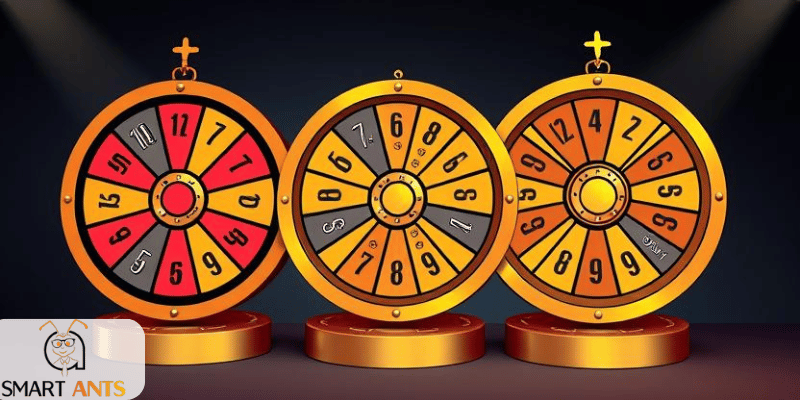
2. Intrinsic vs. Extrinsic Motivation in Gamification
This categorization is based on the type of motivation the gamified system attempts to instill in the user.
- Extrinsic Gamification: This type of gamification primarily focuses on external and tangible rewards. Points, badges, prizes, discounts, and leaderboard positions (PBL: Points, Badges, Leaderboards) are key elements. The goal is to stimulate the user through external incentives.
- Advantages: Relatively easy to implement, creates short-term excitement.
- Disadvantages: If not designed properly, it can lead to decreased motivation after rewards are removed and shift user focus from the main goal to the reward itself.
- Example: Loyalty programs that offer points and discounts for purchases.
- Intrinsic Gamification: This approach focuses on strengthening users’ internal motivations such as feelings of competence, autonomy, purpose, curiosity, collaboration, and healthy competition. The goal is to create enjoyment and satisfaction from the activity itself.
- Advantages: Creates more sustainable and deeper engagement, increases creativity and sense of ownership.
- Disadvantages: Design and implementation are more complex and time-consuming.
- Example: Platforms that allow users to acquire new skills and see their progress (competence), make meaningful choices in their learning path (autonomy), or participate in solving a major social problem (purpose).
Important Note: The best gamified systems often employ a smart combination of both types of motivation. The ultimate goal is to use extrinsic incentives to attract initial attention and then cultivate intrinsic motivations to maintain long-term engagement.
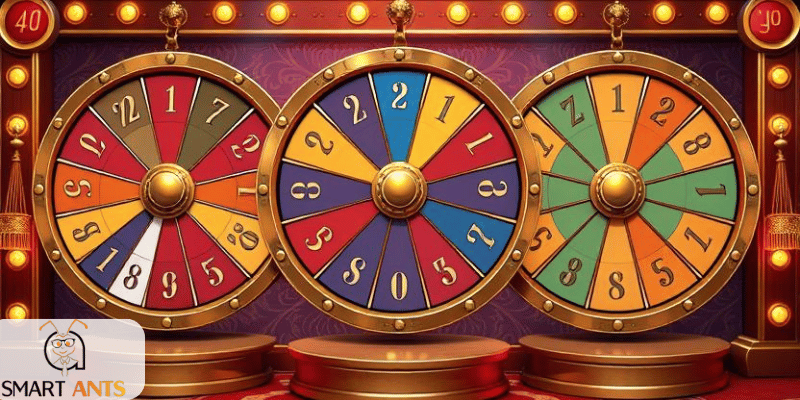
3. Internal (Enterprise) vs. External (Customer-facing) Gamification
This classification is based on the target audience of the gamified system.
- Internal/Enterprise Gamification: This type of gamification is designed for the employees of an organization or company.
- Goals: Increasing productivity, improving training and onboarding processes, strengthening teamwork, boosting innovation, promoting desirable organizational behaviors, and increasing job satisfaction.
- Examples: Scoring systems for sales managers based on performance, internal training platforms with game elements, gamified project management tools.
- External/Consumer-facing Gamification: This type of gamification is designed for customers, users, or the general public.
- Goals: Increasing customer loyalty, attracting new customers, increasing brand engagement, promoting products or services, collecting user data, and creating viral marketing campaigns.
- Examples: Customer loyalty programs in stores, branded mobile apps with challenges and rewards, interactive advertising campaigns.
4. Surface vs. Deep Gamification
This categorization refers to the depth and quality of the gamification design and implementation.
- Surface Gamification: This approach involves the simple and sometimes thoughtless use of common game elements like points, badges, and leaderboards (PBL), without these elements being well-aligned with the main goals and user motivations. This type of gamification is sometimes criticized with the term “Pointsification.”
- Characteristics: Quick and easy implementation, focus on extrinsic rewards, insufficient attention to user experience.
- Risks: May be attractive in the short term but can quickly become boring and lose its impact. In the worst case, it can disrupt the user experience.
- Deep Gamification: This approach involves a deep understanding of user psychology, business goals, and the specific context. In deep gamification, game mechanics and elements are carefully selected and integrated into the user experience in a cohesive and meaningful way to effectively stimulate both intrinsic and extrinsic motivations.
- Characteristics: Thoughtful and user-centered design, balance between challenge and skill, providing appropriate feedback, creating a sense of progress and competence.
- Results: More sustainable engagement, more effective behavior change, and a more enjoyable user experience.
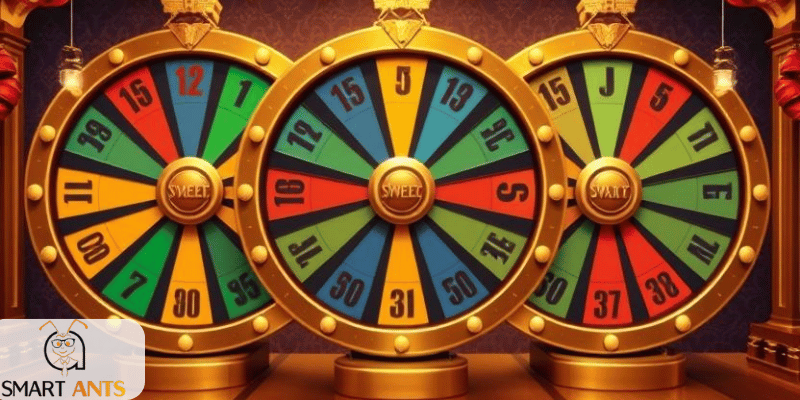
Other Important Dimensions and Approaches in Types of Gamification
In addition to the main categories above, other dimensions are also relevant in gamification design:
- Social Gamification: Focuses on using mechanics that enhance social interactions, such as team competition, collaboration, gifting, and displaying achievements to others.
- Personalized Gamification: Aims to tailor the gamified experience to each user’s individual needs, preferences, skill level, and progress.
- Meaningful Gamification: An approach where gamified activities are connected to a larger purpose, a social value, or a personal meaning for the user. This greatly enhances intrinsic motivation.
Important Distinction: Gamification vs. Serious Games
Gamification is often confused with “Serious Games,” but these are two different concepts:
- Serious Games: These are complete games whose primary purpose is not entertainment, but education, simulation, therapy, or conveying a specific message. For example, a flight simulator for training pilots is a serious game.
- Gamification: As mentioned, gamification means using game elements and mechanics in a non-game context. Here, we are not dealing with a complete game, but with a system or process enhanced with game-like tools.
How to Choose the Best Type of Gamification?
Choosing the right type of gamification depends on several factors:
- Your Goals: What exactly do you want to achieve? (e.g., increase sales, improve learning, change behavior)
- Target Audience: What are the characteristics, needs, and motivations of your users?
- Context: In what environment (e.g., website, mobile app, workplace) will gamification be implemented?
- Content & Tasks: What is the nature of the activities you want to gamify?
- Available Resources: How much budget, time, and expertise do you have?
Often, the most effective solutions are achieved through a smart combination of several types and approaches of gamification. It is important to create a design that best meets your unique needs with a deep understanding of these types.
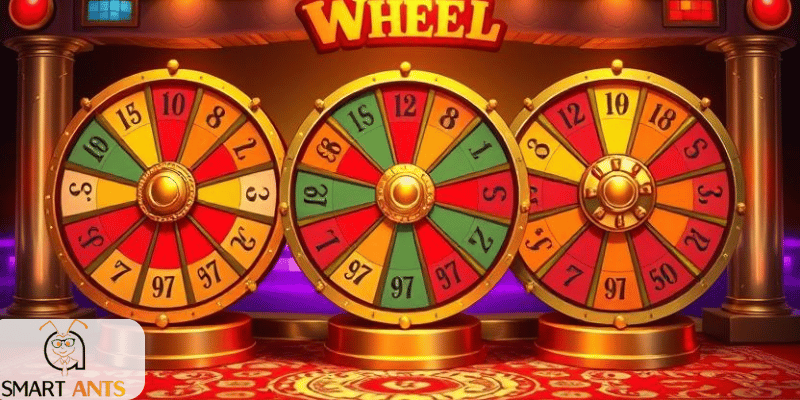
Conclusion: The Diversity of Gamification, Key to Success
As you have seen, the world of gamification is much more diverse than it first appears. From structural gamification that provides a motivational framework for existing activities to content gamification that turns the experience itself into a game; from focusing on extrinsic motivations to deeply cultivating intrinsic ones; each of these approaches has its own place and application. A successful gamification designer, by understanding this diversity and carefully considering their goals and audience, selects and implements the most appropriate combination of gamification types. The future of gamification will undoubtedly witness further emergence and evolution of these approaches and the invention of newer methods for meaningfully engaging people.
